The five essential spices for authentic Spanish meatballs (albóndigas) are paprika, cumin, black pepper, nutmeg, and cinnamon. These spices create the signature flavor profile that distinguishes Spanish meatballs from other varieties. In this guide, we'll break down each spice's role, provide a step-by-step recipe, and share expert tips to help you master this classic dish.
Table of Contents
- The Rich History Behind Spanish Meatballs
- Key Spices That Define Spanish Meatballs
- Step-by-Step Guide to Making Authentic Spanish Meatballs
- Buying Guide: Choosing the Best Ingredients for Your Meatballs
- Creative Serving Ideas for Spanish Meatballs
- Common Mistakes to Avoid When Making Meatballs
- Storage & Reheating Tips for Maximum Flavor
- Frequently Asked Questions About Spanish Meatballs
- Conclusion: Mastering the Art of Spice in Spanish Meatballs
The Rich History Behind Spanish Meatballs
The story of albóndigas begins centuries ago, with influences from Moorish, Roman, and even Arab cuisines. The Moors brought fragrant spices like cumin and cinnamon, which still play a starring role in many regional variations today.
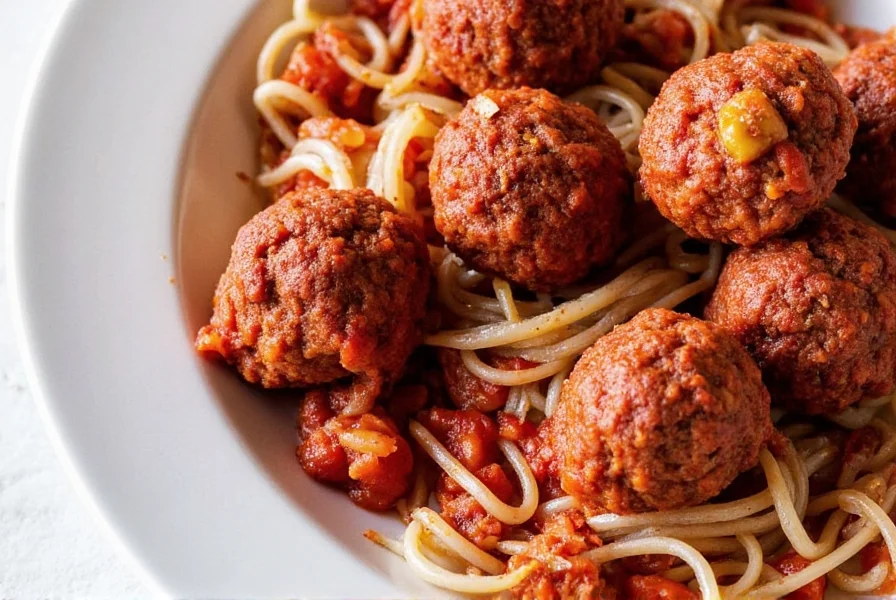
Spanish meatballs were often made with what was available—beef, pork, or a mix—and used stale bread and egg to bind them, ensuring nothing went to waste. Today, they've evolved into a beloved dish across Spain and beyond, with each region offering its own twist.
Key Spices That Define Spanish Meatballs
The soul of any great albóndigas recipe lies in its spice blend. These ingredients don't just add heat—they layer complexity and depth. Here's a breakdown of the must-have spices:
| Spice | Flavor Profile | Usage in Albóndigas |
|---|---|---|
| Paprika (Pimentón) | Smoky, sweet, or spicy depending on type | Essential for that iconic Spanish color and depth |
| Cumin | Earthy, warm, slightly citrusy | Adds a Mediterranean/Moorish flair |
| Black Pepper | Pungent, sharp | Used fresh-ground for bite and balance |
| Nutmeg | Sweet, nutty, warm | Subtle enhancement, especially in creamy sauces |
| Cinnamon | Woody, sweet, aromatic | Optional but traditional in some regions |
This blend is what separates average meatballs from the truly unforgettable ones. Let's not forget the importance of salt—it's the backbone of seasoning!
Pro Tip: Grind Your Own Spices
Freshness matters! Whole cumin seeds or cinnamon sticks, when freshly ground, deliver far more punch than pre-ground versions. Use a small spice grinder or mortar and pestle for best results.
Step-by-Step Guide to Making Authentic Spanish Meatballs
Making authentic Spanish meatballs isn't hard, but it does require attention to texture, spice integration, and cooking technique. Here's how to do it right:
Ingredients You'll Need
- Ground beef and/or pork (50/50 mix recommended)
- Stale bread soaked in milk
- Egg
- Finely chopped onion
- Garlic
- Parsley (fresh preferred)
- Spice mix (see above table)
- Olive oil
- Tomato sauce or gravy (for serving)
Instructions
- Soak the bread: Tear bread into pieces and soak in warm milk until soft (about 10 minutes).
- Prepare the meat mixture: Squeeze out excess milk from bread, combine with ground meat, egg, onions, garlic, parsley, and spices.
- Mix thoroughly: Use clean hands to blend everything until smooth and cohesive.
- Rest the mixture: Let it chill in the fridge for 20–30 minutes to firm up.
- Form the meatballs: Roll into 1.5-inch balls, keeping size consistent for even cooking.
- Heat and cook: Heat olive oil in a skillet and brown meatballs on all sides until golden.
- Braise or bake: Transfer to oven at 375°F (190°C) or simmer in tomato sauce on the stovetop for tender results.
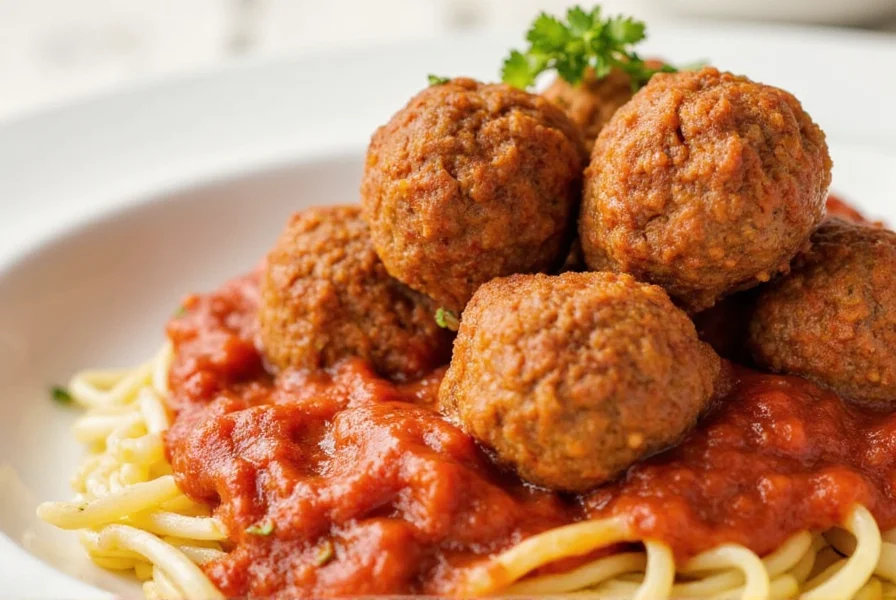
Buying Guide: Choosing the Best Ingredients for Your Meatballs
The quality of your ingredients makes all the difference in achieving authentic Spanish flavor. Here's what to look for when shopping:
Meat Selection
- Beef: Look for an 80/20 fat ratio for juiciness. Grass-fed is ideal for richer flavor.
- Pork: Ground shoulder offers the best marbling and taste. Mix with beef for a classic combo.
Bread Options
- White Bread: Mild flavor, easy to soak and blend.
- Baguette Ends: Adds a slight crunch and rustic texture.
- Gluten-Free Option: Use GF bread if needed; adjust soaking time accordingly.
Spice Brands We Recommend
| Brand | Best For | Features |
|---|---|---|
| La Dalia | Paprika lovers | Authentic Spanish paprika, smoky or sweet options |
| Spice Islands | Cumin | Consistently fresh and strong aroma |
| Simply Organic | All-purpose spices | Organic, fair trade certified |
Creative Serving Ideas for Spanish Meatballs
Traditionally served in a rich tomato-based sauce with rice or crusty bread, Spanish meatballs are versatile enough to fit any occasion. Here are some modern twists to try:
- In Sandwiches: Serve on a toasted bun with aioli and pickled peppers.
- With Paella: Nestle meatballs into a seafood paella for a hearty upgrade.
- Over Polenta: Creamy polenta adds a comforting Italian-Spanish fusion vibe.
- In Tacos: Minced meatballs wrapped in corn tortillas with lime crema.
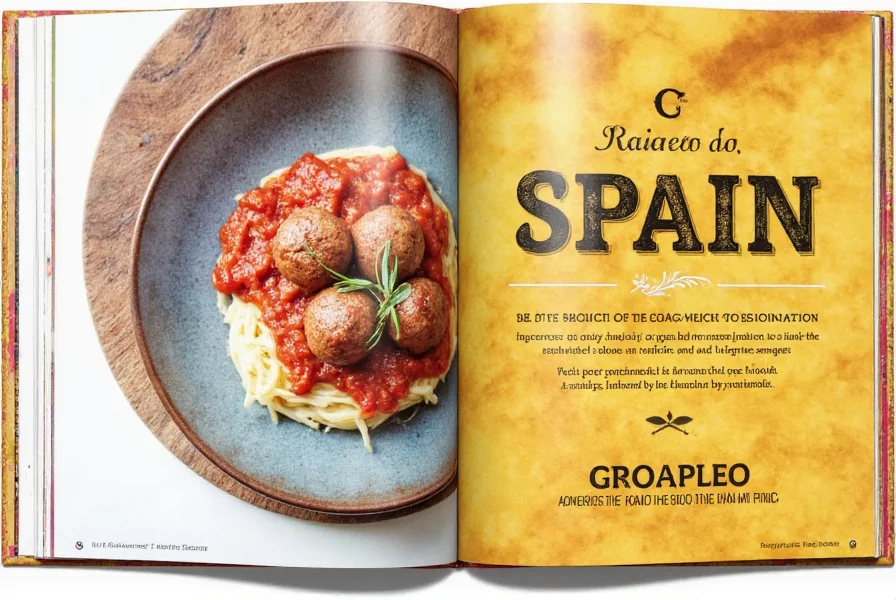
Common Mistakes to Avoid When Making Meatballs
Even seasoned cooks can make missteps when crafting albóndigas. Avoid these common blunders:
- Overmixing the meat: Leads to dense, tough meatballs. Mix only until combined.
- Using lean meat: Sacrifices moisture and flavor. Fat is your friend!
- Skip resting the mixture: Chilling helps bind and prevents falling apart during cooking.
- Not tasting before forming: Cook a small patty to test seasonings before committing to a full batch.
- Boiling instead of browning: Misses out on Maillard reaction flavors that elevate the dish.
Storage & Reheating Tips for Maximum Flavor
Leftover meatballs? Don't worry—they store well and often taste better the next day. Here's how to keep them delicious:
- Refrigeration: Store in an airtight container for up to 4 days.
- Freezing: Freeze uncooked meatballs on a tray first, then transfer to bags. Cook straight from frozen with a few extra minutes added.
- Reheating: Simmer in sauce on the stove or warm gently in the oven. Avoid microwaving for best texture.
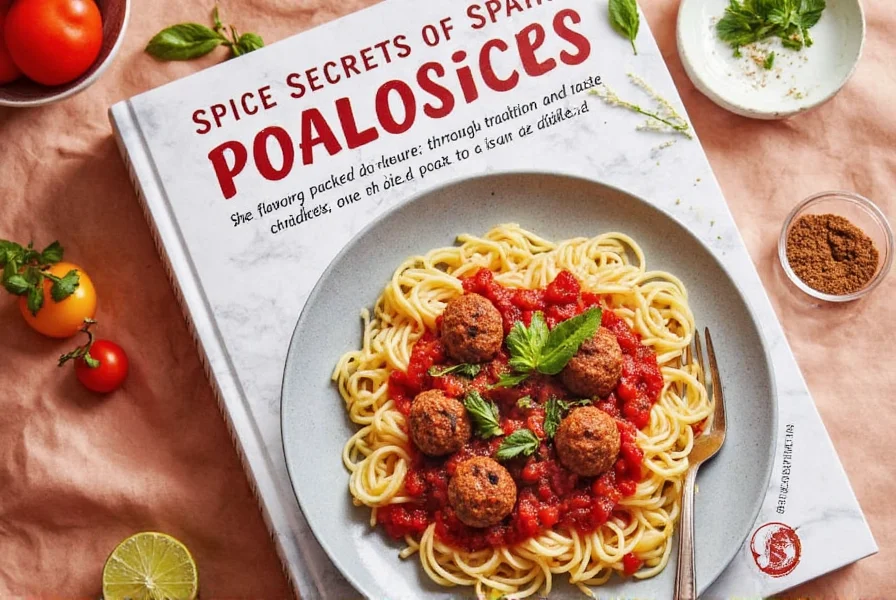
Frequently Asked Questions About Spanish Meatballs
What are the essential spices for authentic Spanish meatballs?
The five essential spices for authentic Spanish meatballs (albóndigas) are: 1) Paprika (pimentón) - for that signature Spanish color and depth, 2) Cumin - adds earthy warmth with Moorish influence, 3) Freshly ground black pepper - for balanced heat, 4) Nutmeg - provides subtle warmth especially in creamy sauces, and 5) Cinnamon - used traditionally in some regions for its sweet, aromatic quality. The specific blend and ratios can vary by region across Spain.
Can I make Spanish meatballs without pork?
Yes, you can make Spanish meatballs with just beef, but the traditional 50/50 beef-pork blend offers the best texture and flavor complexity. Pork adds necessary fat that keeps meatballs juicy during cooking. If avoiding pork for dietary reasons, you can substitute with veal or increase the beef fat content to 80/20. Some regional Spanish variations actually use only beef or even game meats, so there's flexibility within the tradition.
Why do Spanish meatball recipes include bread?
Bread (usually stale bread soaked in milk) serves multiple purposes in Spanish meatballs: 1) It acts as a binder, helping the meat mixture hold together without overusing egg, 2) It adds moisture to keep meatballs tender during cooking, 3) It creates a lighter texture compared to dense Italian-style meatballs, and 4) Historically, it was a practical way to use up leftover bread, reflecting Spain's tradition of minimizing food waste. The bread-to-meat ratio is crucial - too much will make them fall apart, too little will make them tough.
How can I prevent my Spanish meatballs from falling apart?
To prevent falling apart: 1) Don't skip the resting time - chill your meat mixture for 20-30 minutes before shaping, 2) Use the right bread-to-meat ratio (typically 1 part bread to 4 parts meat), 3) Mix gently until just combined - overmixing develops proteins that make meatballs tough, 4) Ensure proper binding with one egg per pound of meat, 5) Brown them properly before braising - this creates a crust that helps them hold shape, and 6) Avoid moving them too much while cooking. If problems persist, try adding a tablespoon of flour to the mixture.
What's the difference between Spanish meatballs and Italian meatballs?
Spanish meatballs (albóndigas) differ from Italian meatballs in several key ways: 1) Spice profile - Spanish versions feature distinctive spices like paprika, cumin, and sometimes cinnamon, while Italian meatballs rely more on herbs like oregano and basil, 2) Texture - Spanish meatballs typically include bread soaked in milk for a lighter texture, while Italian versions often use breadcrumbs, 3) Serving style - Spanish meatballs are usually served in a tomato-based sauce with rice or bread, while Italian meatballs are often larger and served with pasta, 4) Meat composition - Spanish versions frequently use a beef-pork blend with Moorish influences, while Italian versions might include Parmesan cheese and different herb combinations.
Can I substitute any of the traditional spices in Spanish meatballs?
Yes, but with considerations: Paprika is nearly irreplaceable as it's fundamental to Spanish cuisine - if you must substitute, smoked paprika can work in a pinch. Cumin has no perfect substitute but can be reduced if you dislike the flavor (though it's a key Moorish influence). For cinnamon, you can omit it if preferred, as it's not used in all regional variations. Nutmeg can be substituted with allspice in small amounts. However, authentic flavor comes from the specific spice combination, so substitutions will alter the traditional taste profile. If avoiding specific spices for dietary reasons, start with smaller amounts and adjust to taste.
Conclusion: Mastering the Art of Spice in Spanish Meatballs
Spanish meatballs are more than just a protein-packed comfort food—they're a celebration of spice, heritage, and creativity. With the right blend of spices, a bit of patience, and a love for tradition, you can bring a taste of Spain right into your kitchen.
Whether you're a curious foodie or a seasoned home cook looking to refine your skills, mastering the spice basics behind albóndigas will open the door to endless flavor possibilities. So grab your apron, gather your spices, and get ready to impress your family and friends with your very own homemade Spanish meatballs!


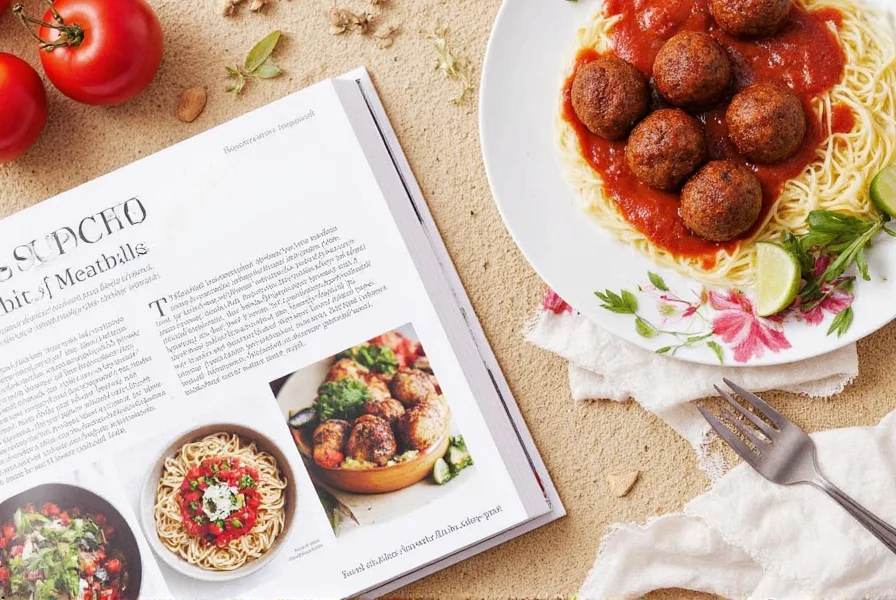









 浙公网安备
33010002000092号
浙公网安备
33010002000092号 浙B2-20120091-4
浙B2-20120091-4